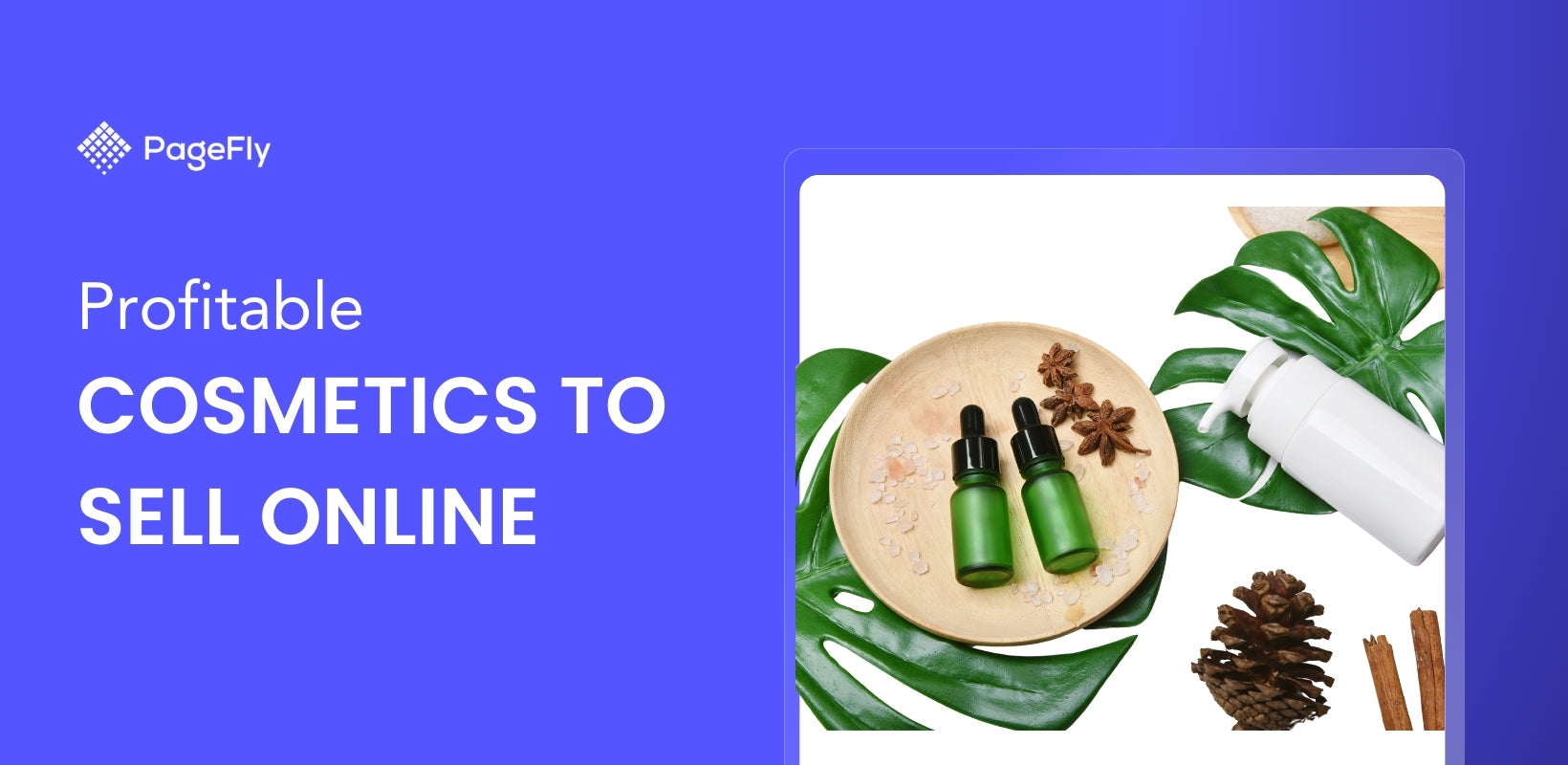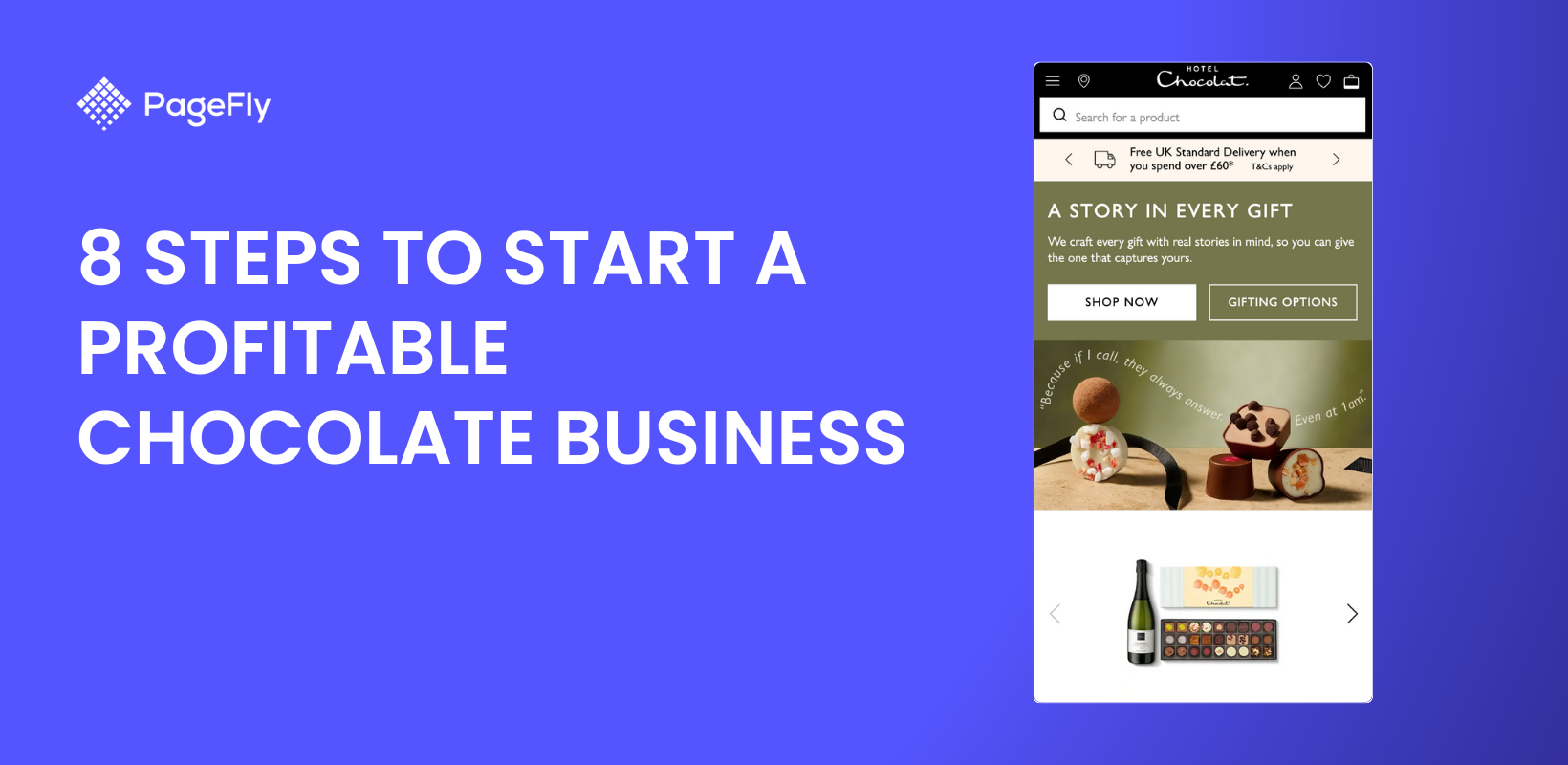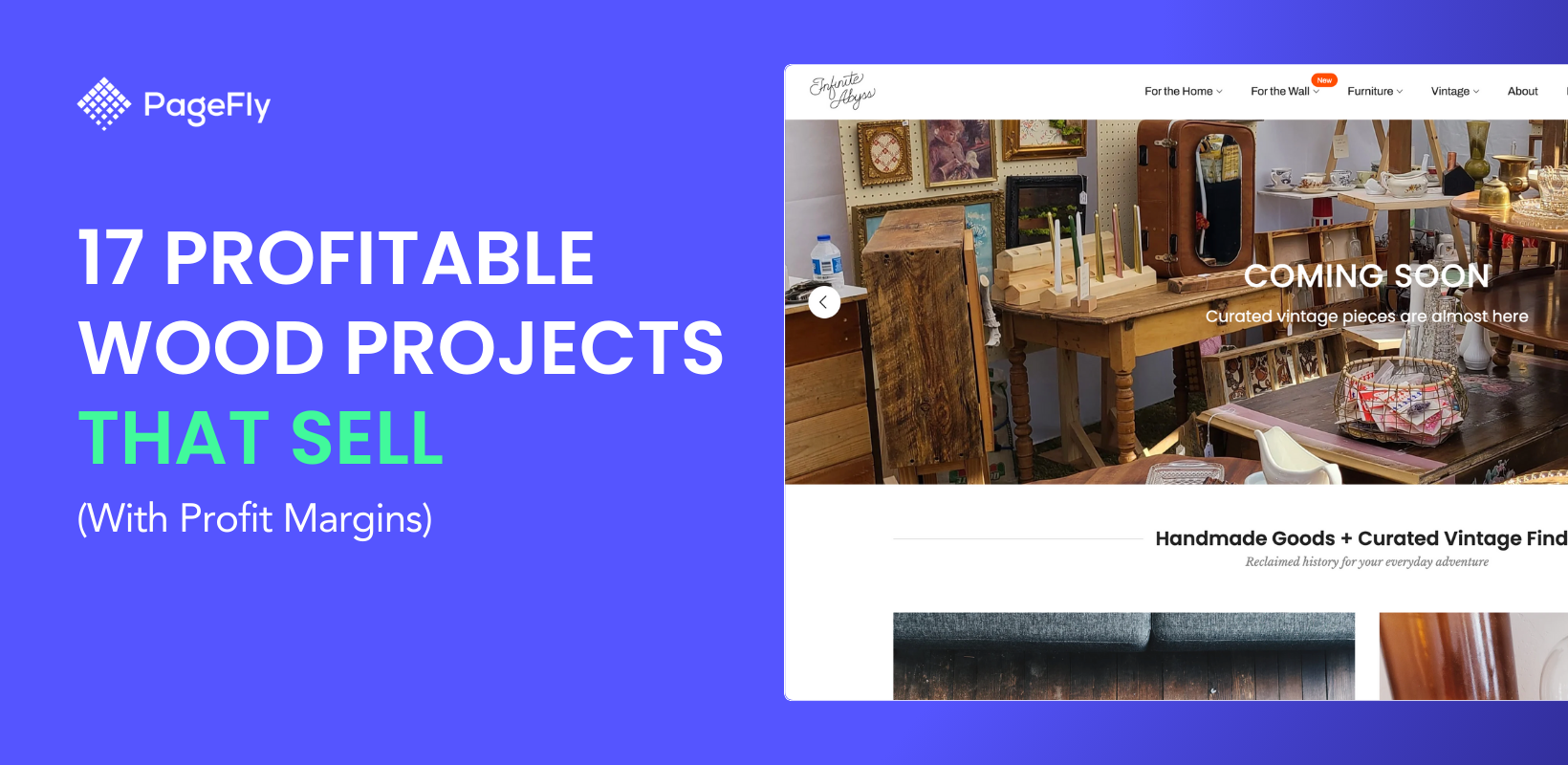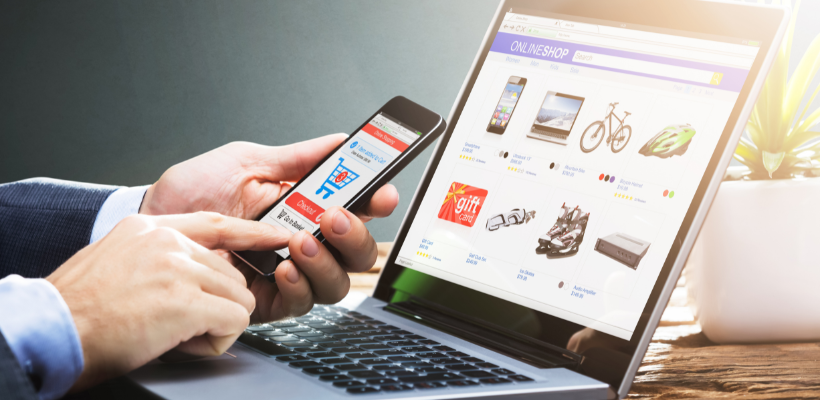To build brand equity in the most effective manner, businesses must invest in those things that work to increase the value of their products and services. In addition to efforts towards increasing market share, growth and revenue generation, they must also invest in creating brand equity for commercial success. Even when doing business online, you must build brand equity. Here are some inspirations to set you off.
Why do customers go for branded products that may be more expensive and ignore non-branded ones even though they may be cheaper? Customers do not consider only the price. They factor in the perceived brand value. Others consider the connectedness of the product to their needs and how emotionally appealing the product is. Read on to learn the 6 things you need to know in order to build brand equity effectively.
I. What Is Brand Equity And Why Is It Important To Build Brand Equity?

According to recent research, 74% of consumers expect more than just product durability, performance and affordability, from brands. They are also interested in how brands treat their customers, how they treat their employees and how much they care about the environment. What does this hint to us? Yes, customers are highly interested in positive brand equity. But what is brand equity?
Brand equity refers to the perceived value of a brand in the minds of its customers. This is the level of sway a brand has on the consumers. This is normally reflected in the positive or negative reputation that your brand has as far as customers are concerned. You therefore need to know how to build brand equity in order for your brand to get a positive reputation from the customers. Developing brand identity and equity means gaining a positive reputation, strong customer appeal and therefore increased profits.
Companies build brand equity by creating positive experiences for their customers. How do you do this? By creating product awareness through marketing, advertising and communication campaigns. These must address the target market and consumer-values. You then cement this with delivering on product promises, cultivate product loyalty and set up strategies that attract and retain customers.
Is it important to build brand equity?
Why care about developing brand equity while you are still making some business headways? You may also be asking whether building brand equity means increasing profits? Fortunately, you are not alone!
To get this in perspective, it is a fact that companies that enjoy high and positive brand equity like Google, Nike, Netflix, Amazon, Alibaba, Starbucks, and Facebook among others, have advantages that can only be dreamt of by those with low or negative values.
How much brand equity do you need? A lot. It fosters strong customer loyalty, repeat purchases, improved brand reputation and increased returns. In addition to this, companies with strong brand image and equity can charge higher prices for the same or similar products or services offered by companies with negative or low reputation.
Do you want to stay relevant in your brand niche? Then start investing in business equity. It is important to build brand equity because building brand equity means increasing revenue and profit makinATg advantages.
II. Components In Developing Brand Equity

As your customers become aware of your brand and continue associating with it at a personal level, this is where positive equity starts forming. This means that customers must first know that your brand exists, then interact with it in order for them to form positive or negative opinions about it. They then subconsciously attach value to your brand depending on how appealing or useful they perceive it to be. Ads are good for brand awareness, especially if you know ecommerce ads techniques that can transform your business.
Can you shape brand meaning in the eyes of your customers? Yes, you can guide the process by taking into consideration the different components of the process.

01. Perception of your brand by customers
What do your customers think your brand represents? Brand perception is not what you as the brand owner believe it represents, but what your customers do.
According to Prof. Dhar of Yale School of Management, marketers spend 70 hours weekly thinking about their brands, but customers spend just 7 seconds to form an impression. While it is important to guide the brand perception by use of proper marketing strategies, customer’s brand perception is something that they create on their own. Brand perception component has two important levels:
- Use of specific features that serve to identify your brand. To promote brand recognition, you can use eye-catching logos, consistent colors, popular brand ambassadors and other elements that make customers associate your brand with them. The end result will be to make your brand become a household name. This goes miles in creating brand equity for your business.
- Creating brand awareness. This involves providing information that your customers will find useful about your brand. For example, knowing all about the Coca Cola brand is essential for a customer provided with an alternative product from a Coca Cola competitor.
02. Actions based on positive or negative brand perception
The actions that customers take in relation to your brand is highly dependent on the perception that they have about your brand. They will subjectively react to your brand either positively or negatively. But what are some of the factors that could lead to these subjective reactions? Here are some:
- High quality products to build brand equity. You need to go beyond offering high quality products. Customers associate a positive reputation to your brand when you offer high quality and innovative products, have great leadership and governance practices, perform well financially and care about corporate responsibilities. This is why companies like Tesla, Red Bull and others are up there in terms of brand equity.
- Customer experience. When a customer experiences great service, he is more likely to come back. He is also more likely to associate your brand with positive services. This creates a nice expression and serves to build brand equity. When the customer shares this with others, your efforts of creating brand equity get a snowball effect. This means higher brand reputation.
- Customer preferences. A customer is likely to choose your product if it aligns with his personal values, beliefs and circumstances. If a customer has grown up using the product and has experienced its usefulness, he is more likely to prefer the same product even when he grows up. Personal preferences can be triggered by emotional appeals that the product has on the user. So how do you ensure your customers prefer your product than that of the competitor? Understand your customer values and beliefs.
03. Positive or negative perception values
The third component relates to tangible and intangible positive or negative values that customers attach to your brand as a result of their perception. A positive tangible value can be seen in the increase in profits and therefore increased equity. If your stocks value decreases, that is a negative tangible value indicator that also shows loss in brand value. Increased brand awareness is positive and intangible. Brand equity, like brand image, is both symbolic and intangible. If customers believe that your brand is dangerous, build brand equity from the start.
III. Benefits Of Developing Brand Equity

Developing brand value for your business comes with many benefits especially on your ROI. Some of these include:
01. Make more money
When you build positive brand equity, you are more likely than your competitors to earn more money while spending less on issues such as advertising, production, supply chain management costs and other business expenditures. In addition to this, you earn more money by charging a price premium on your products. Related to this is the price bundling techniques that you can also use to boost sales.
02. Command lion share of the market
High brand value gives you a competitive edge in the market. For example, if your brand stands out and appeals more to customers in a saturated market, your market share and profits will be greater compared to other brands.
03. Expand product lines
When you create brand equity to a level where customers associate your products with more value and reputation, you can expand your product lines and continue enjoying the same reputation.
04. Command greater impact as a business
With a good reputation, revenues continue trickling in almost effortlessly. Increased revenue means increased market power and dominance. This provides added revenues some of which you can use to perform even more corporate responsibility actions, offer discounts and other actions that provide even greater equity. What about forming new business partnerships? More investments? That goes without saying.
IV. How To Measure Brand Equity?

Building brand value like all other business activities requires constant monitoring. To build brand equity even further, you need to constantly measure your progress. There are several ways through which you can measure equity.
01. Financial metrics
Financial metrics offer an opportunity for you to attach numeric values to your business equity. One of the best ways to do this is by determining your company value. If you look at your business as an asset with a specific value, you can deduct all the tangible assets from the overall business value. What you will be left with is the value of equity.
Other experts identify knowledge and preference metrics in addition to financial measures. Other metrics involve determining the health of your business by looking at the balance sheet. If this is positive, then it is most likely that your brand growth is also positive. Businesses also look at the market share, product prices, revenues generated, growth rate, costs of attracting and retaining customers, as well as costs of marketing, advertising and branding.

02. Strength of your brand in the market
Because the market is always dynamic, is your brand able to survive and maintain profitability despite economic changes? If yes, to what level? This is a good equity measure. Are customers aware of your brand and to what level? Check also the levels of your brand customer loyalty, the number of return customers and the buzz that your brand creates on social media.
03. Consumer behavior
Consumers are important when you want to build brand equity effectively. This is because they are the ones that create perceptions and attachments to your brand. Check to see how emotionally your customers associate with your brand. Do consumer research to get data that will indicate how connected your customers are to your brand compared to other brands. Also monitor and optimize conversion rates is doing business online.
04. Kevin Lane Keller equity model (Keller’s brand equity model)
Customer-Based Brand Equity (CBBE) Model, popularly known as Keller’s Brand Equity Model, is an important and strategic brand management measure. The model posits that to build brand equity, you must cultivate and shape positive customer feelings and perceptions about your brand.
The model is represented by a pyramid with four steps towards building a resilient brand. It also has six components or building blocks that you must put in place in order to reach the top of the pyramid. To measure your equity, you should determine where you are based on the four steps.
Here is the Keller’s brand equity model pyramid for you to measure and build brand value effectively. For more information about Keller’s brand equity model, read here.

V. How To Effectively Build Brand Equity?
To succeed in the market, you need to build brand equity and identity that is not only positive, but also strong. Creating brand equity is based on the understanding that a well-recognized brand that has a strong positive reputation well established in the market, is more successful than its generic counterpart. A reputable brand also gets more recommendations as experts show here.

Getting positive brand equity does not happen overnight. It requires money and time. It also requires doing research to understand your target customers and what makes your brand unique.
Once you establish positive brand value, you also need to continue the efforts in order to maintain its strength and develop equity of your brand even further. Here is how to build brand equity in five simple steps:
01. Talk to and connect with your clients, customers and prospects
According to Canva, a graphic design company, one of the simplest ways of measuring brand equity is to talk to customers. By talking to clients, customers and prospects, you will get an idea of where your value level is. You can then treat this as a starting point and build brand equity and identity from there.
There are many ways through which you can connect to and talk to your customers and prospects. Some of these include:
- Social media. Check to see whether customers are posting or talking about your brand on social media platforms. Are consumers liking, sharing or commenting on your brand content on social media? To build brand equity, ensure that you use social media to connect with your prospects and customers. To build brand equity and make money as well, here is how to sell on Instagram in simple steps.
- Search metrics. Are consumers searching for your brand from search engines like Google, Bing, Yahoo, Facebook among others? Is your brand appearing on search engine results? If not, know that customers may be unaware of your brand. This means that you need to use the power of SEO to boost your brand awareness.
- Market research and focus groups. Whatever works for your business, you need to use scientific feedback collection methods such as targeted focus groups and surveys. In this way, you will understand what your customers feel about your brand and start working on developing brand equity more efficiently.
The key here is to engage as many customers as you can afford.
02. Build brand equity with consumer awareness
Make sure that your present and potential customers properly recognize our brand and business. More importantly, ensure that the customers recognize your brand in a way that you desire. To do this, observe the following:
- Consistently use the same image or logo that identifies your brand.
- Talk to your customers regularly using messages, newsletters, emails and other communications to foster consumer awareness.
- Meet your customers where they are online and offline. This can be on social media, blogs, messaging platforms, magazines, newspapers, radio among others.
- Provide high-quality customer service.
- Do better than your competitors.
- Provide value with high-quality product offering.
- Encourage information sharing about your brand.
Use all brand awareness methods at your disposal including advertisements, events, presentations, and even word of mouth to build brand equity.
03. Foster brand loyalty
Ensure that your customers create an emotional or psychological attachment with your brand. Attracting new customers is usually more expensive than maintaining the existing ones. By making loyal customers that come back for more purchases, you can build brand equity easily. This will be not only a profit-making exercise but also a strategic brand management tactic. But how can you foster brand loyalty?
- Create loyalty programs. Loyalty programs give you an opportunity to build a community of loyal customers and that encourages new customers to join and rewards existing customers.
- Give incentives. Have you ever received a birthday card from a brand? This is a good way to create connections with customers. Send seasonal greetings, create seasonal events, give gift coupons, seasonal discounts and all manner of incentives. Discover Christmas marketing ideas here.
- Monitor customer personal preferences. The interests and needs of your customers may change over time. Keep tabs and adjust your tactics accordingly.
Also remember that building brand equity means increasing brand loyalty and leads to more profits.
04. Create a Positive Customer Experience
In addition to offering high-quality products, creating a positive customer experience is a sure way of ensuring that a one-time customer becomes a loyal one. Do you know that 84% of businesses that enhance customer experience get an increase in brand revenue? Understand your customer needs and provide better solutions than your competitors do.
05. Leverage Strategic Partnerships with Reputable Brands
Partnering with other reputable brands is a sure way of creating equity. For example, if your brand is in the mobile money lending services, partnering with a reputable bank is a sure way to build brand equity. You may also consider sponsoring business events in partnership with other reputable brands.
VI. Building Brand Equity Examples
In order to inspire your efforts, here are some of the building brand equity examples from companies that have made it at the top of Keller’s brand equity model pyramid.
01. Coca-Cola

If you want to succeed, build brand equity and connections like Coca-Cola. Everyone knows about Coca-Cola as a brand and its products. This is unless you live in North Korea or Cuba, the only two countries where the company does not sell. The company focuses not so much on its products but on its brand as a manufacturing company. The company shapes and reinforces consumer perceptions by insisting that Coca-Cola brings families together. This is seen for example in its Share a Coke campaign.
In addition to using emotional elements and social relationships to build brand equity, the company also uses consistent images, logos, colors, and fonts that are eye-catching, immediately recognizable and unmistakably identifiable.
05. Apple Company

Apple Computer Company is a perfect entry in the building brand equity examples list. It is also a perfect case of Simon Sinek’s assertion that people do not buy what you do, but why you do it. For example, Gateway Inc. (formerly Gateway 2000 and acquired by Acer in 2007) had the capacity to extend the product line from computers to flat screen TVs. But their attempts failed. Why? They had concentrated more on highlighting their product features hence building equity on their products rather than on their brand.
Apple concentrated more on its brand and creating emotional and psychological relationships with its customers. When Apple introduced other product lines like iPhones, iPads and iPods, consumers were already emotionally connected to the Apple brand and willingly embraced the new products. Do you want to untether your business from product line singularity? Build brand image and equity rather than focusing on product features.
Do you want more inspiration? Here is how the Renegade Tea estate went from passion to profit.
VII. Conclusion
To build overall brand equity, you need to invest a lot of time, money and consistency. To build brand equity is to increase the perceived value of your brand in the minds of your consumers. Your customers form brand perceptions independently. These value perceptions are subjective and amenable to change. This means that you can shape, guide and direct customer perceptions to your desired intentions to build brand equity that your business needs.
Building brand equity means increasing perceived value of your brand in the minds of your customers and therefore increased profits. In order to reap from the benefits of increased brand perception values, we have provided you with 6 things you need to know to build brand equity effectively. Why not build brand equity starting today?




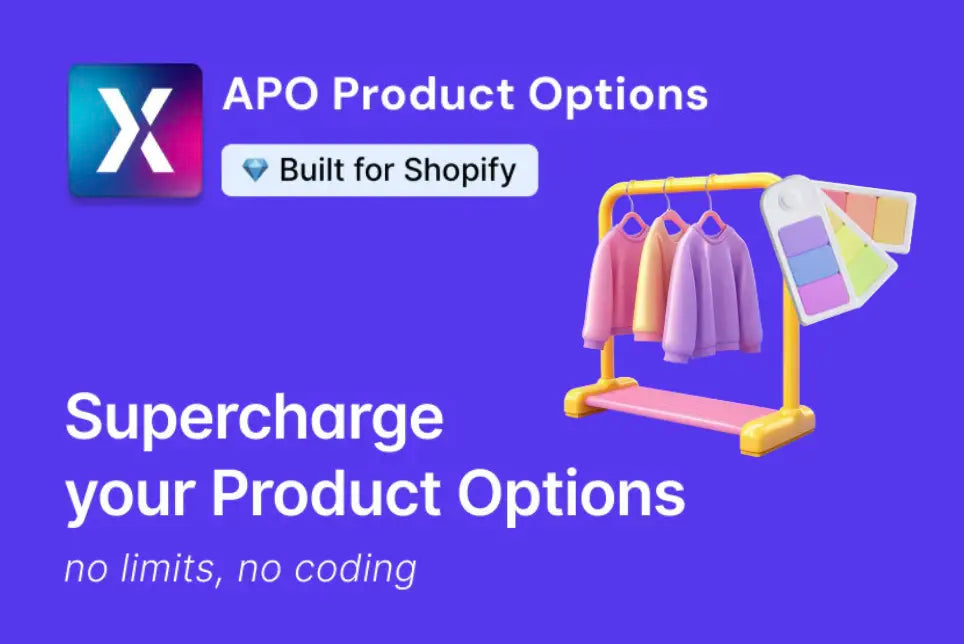


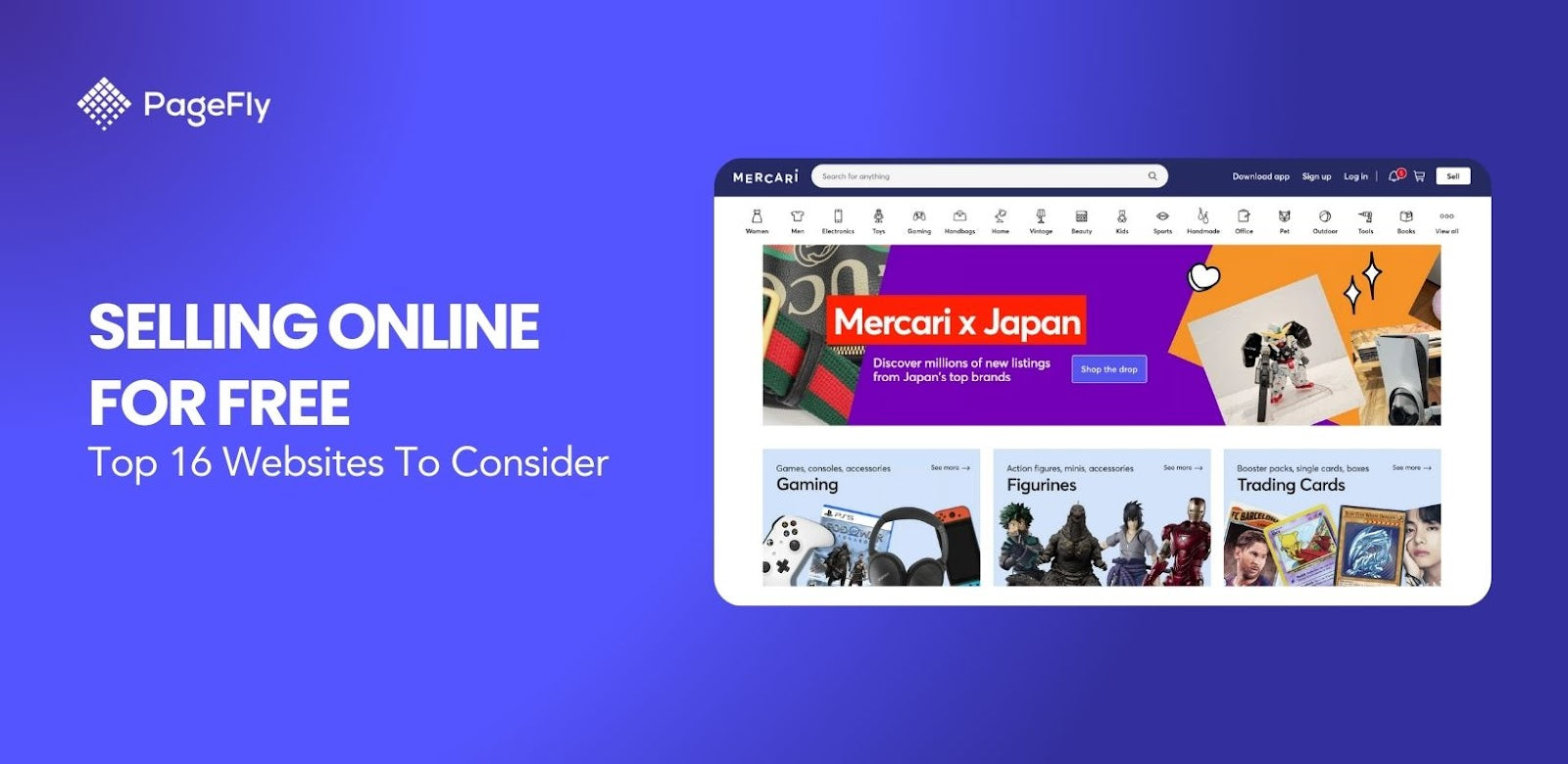

![14 Profitable Small Food Business Ideas for 2025 [Real Numbers]](http://pagefly.io/cdn/shop/articles/1_58b587d2-13db-4aa6-8c19-e40f5c88d3eb.jpg?v=1758255771&width=4460)
![Art Business Names: 350+ Ideas + Free Generator [2025 Updated]](http://pagefly.io/cdn/shop/articles/art_business_name_e94a54e9-d325-4ba3-94ab-7b4297952312.png?v=1760062968&width=1640)
